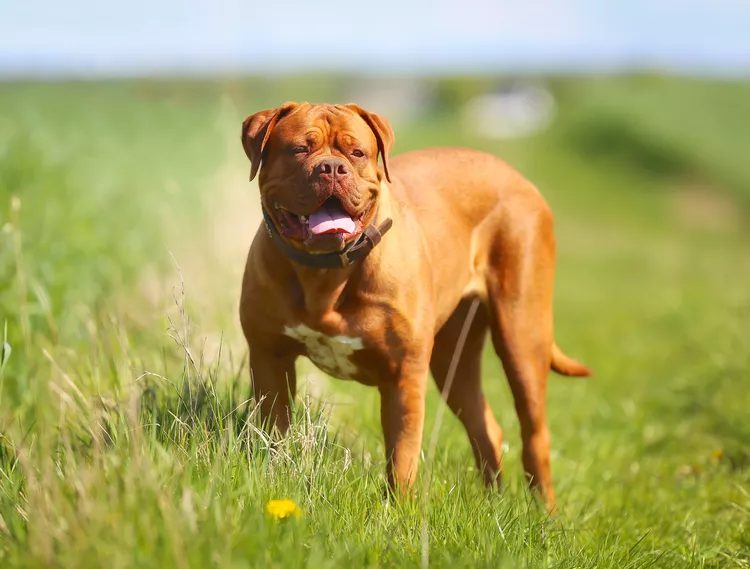
The Dogue de Bordeaux, also called the French mastiff, is a large French working dog that is gentle, quiet, and a great family dog. One of the oldest and rarest breeds in France, this mastiff is a muscular, stocky, and well-balanced dog with a massive head (the largest head in the dog kingdom).
This breed dates back to the middle ages in France where the dogs were used to hunt wild game. Despite their powerful appearance, the Dogue is quite gentle in demeanor. On the other hand, their intense loyalty makes the breed a highly effective guard dog.
Learn more about the Dogue de Bordeaux, including size, temperament, housing needs, and care tips.
GROUP: Working
HEIGHT: 23 to 27 inches at the shoulder
WEIGHT: 99 to 150 pounds
COAT: Short, soft
COAT COLOR: Various shades of fawn, ranging from light to dark red; small patches of white may be present
LIFE SPAN: 5 to 8 years
TEMPERAMENT: Devoted, even-tempered, vigilant, loyal, companionable
HYPOALLERGENIC: No
ORIGIN: France
The Dogue de Bordeaux has a strong temperament and is an excellent dog for most households. They can get along quite well with kids, but make sure to be careful when the dog is around small children. A giant dog is not always aware of their size. Overall, the Dogue de Bordeaux is an excellent choice if you want a large canine that makes a wonderful protector and companion.
The major differences between a French mastiff and a mastiff are that French mastiffs are slightly shorter, have a more protective personality, and require more grooming. French mastiffs can be more high-maintenance due to drooling. Both, however, make great family dogs.
Though the Dogue de Bordeaux did not become eligible for AKC registration until 2007, they are considered one of the oldest breeds in France. While their true origins are not completely clear, the Dogue is likely a relative of the bulldog and bullmastiff.
The Dogue was classically used to protect, herd cattle, hunt, and bull bait. The breed was historically found in wealthy French homes, but it endured many hardships and attempts at extinction throughout time.
In the 1960s, enthusiasts further developed the breed, leading to an increased popularity. The Dogue de Bordeaux is perhaps best known for the lovable role in the 1989 film Turner & Hooch, which starred Tom Hanks.
The Dogue de Bordeaux can have a strong instinct to chase smaller animals such as cats. The breed also may not tolerate another dog in the household, especially of the same sex. While socialization and training can help prevent problems, it may not be able to eliminate the risk.
The Dogue de Bordeaux is moderately energetic for their size and needs a proper outlet. This dog is not an apartment dog, as they need room to play and daily exercise. Along with training, adequate exercise, such as one long walk or a few shorter walks each day, totaling about 45 minutes is very important.
Fun activities for this dog include:
However, remember not to overdo it because this large breed dog may be prone to orthopedic problems. Walk the dog at a comfortable, not vigorous pace.
Additionally, the Dogue is a brachycephalic (short-nosed) breed that can possibly overheat or develop breathing issues. Make sure you have a firm understanding of your dog's endurance level. You won't be able to carry this mega-size dog home if they cannot make it through a walk on their own four paws.
The Dogue de Bordeaux has a very short, soft-hair coat that requires little attention. Occasional use of a grooming mitt or glove should be sufficient for coat care. Because of their giant size, a grooming routine should be established early on so your dog gets used to it.
The numerous skin folds on the Dogue's face and body do require routine cleaning to avoid irritation and infection. In addition to holding moisture, dirt and other debris could get into the folds, so keeping them clean and dry is imperative. You can use dog wipes and shampoos that are gentle yet effective.
Brushing your dog's teeth regularly (daily if possible) will help to prevent dental disease. Although the Dogue's nails may wear down naturally, check them periodically and trim the nails as needed. Your dog should only need bathing a couple of times per year—bathing them too often can lead to skin irritation.
To protect your Dogue’s skin from the sun’s harsh rays while spending time outside, use a dog sunscreen.
An untrained dog of this size can become utterly uncontrollable. A rigorous training program should be established as soon as possible after getting a Dogue. Socialization is equally important. This is, in part, due to the massive size of the breed.
Leash training is important to control your big, strong dog and keep them safe while outside. Your dog should walk next to you, without pulling, so you can remain in control at all times.
Positive reinforcement techniques are best for this breed, which can be stubborn and challenging to train at times.
The Dogue de Bordeaux typically has a shorter life than smaller dog breeds. There are some hereditary health problems that can occur in this breed. Responsible breeders strive to maintain the highest breed standards as established by kennel clubs like the AKC. Dogs bred by these standards are less likely to inherit health conditions. Pet parents can prevent some problems while puppies are growing by not over-exercising or overfeeding them so that they don't put on excessive weight.
Here are common health problems to watch for with the Dogue de Bordeaux breed:
Adult dogs need four to seven cups of dry food each day, which should be split into two meals. You will need to take care that your dog does not gulp down a large amount of food at once, as that increases the risk of bloat and stomach torsion. Feed the dog twice a day and don't allow free-feeding or exercise for one to two hours after a meal. Have clean, fresh water available.
This breed is prone to food allergies, especially wheat, and you may have to provide a special diet. Luckily, there are good-quality commercial large breed dog foods that are wheat-free.
These dogs can be expensive to feed, as an adult male will eat a 50-pound bag of dry food per month. Monitor your dog for weight gain and discuss any needed changes with your veterinarian in your pup's diet, feeding schedule, or exercise needs.
The breed is still rare in the United States and in its native country. It's unlikely you'll find a rescue, but not impossible. If you work with a breeder for a Dogue de Bordeaux puppy, expect to pay between $1,400 to $2,500, and a show-ready puppy could fetch up to a hefty $5,000.
The best places for you to start your search include the following:
The Dogue de Bordeaux is a big dog with a big heart. But they can be a lot of work when it comes to training and grooming. They can be loads of fun for an active family, and these loyal dogs will always be ready to protect you.
If you think the Dogue de Bordeaux is the right breed for you, do plenty of research before you get one. Ask for advice from veterinarians, Dogue de Bordeaux pet parents, breeders, and giant dog rescue groups.
If you’re interested in similar breeds, look into these to compare the pros and cons:
There’s a whole world of potential dog breeds out there—with a little research, you can find the right one to bring home.
Yes. The Dogue de Bordeaux makes a great family dog, as this is a very protective breed that acts as a guardian. They are patient, tolerant, and gentle with some training.
No, Dogue de Bordeaux do not bark much.
By nature, the Dogue de Bordeaux is a vigilant and fearless protector, but is by no means considered an aggressive breed. This giant dog will do what it takes to defend their family but is generally quite gentle and docile, and even goofy at times.
If you are interested in this breed, take note—this dog is a slobbery one. You'll probably want to carry a "drool rag" and duck for cover if they shake their head. That's likely because they are a brachycephalic (short-nosed) breed, and all those pushed-in wrinkles and jowly areas tend to collect saliva.
Giant dog breeds generally tend to have a shorter life span than small- to medium-sized dogs. Researchers aren't sure why that's so, other than that massive dogs "age" faster since they grow large very fast. But the Dogue's large body and deep chest seem to make the breed primarily prone to many heart issues that put their life at risk at an early age.
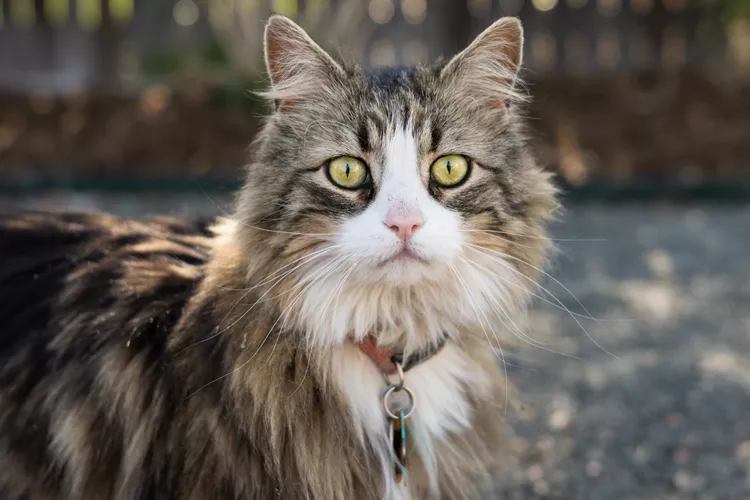
75 Unisex Cat Names
Our gender neutral cat names perfect for your feline friend, with a diverse selection of fun and inclusive options to fit your pet's disposition.
Why Does My Cat Stink?
Is your cat stinky? Find out about the causes of bad odors in cats and when it is something to be concerned about. Learn how to help your stinky cat.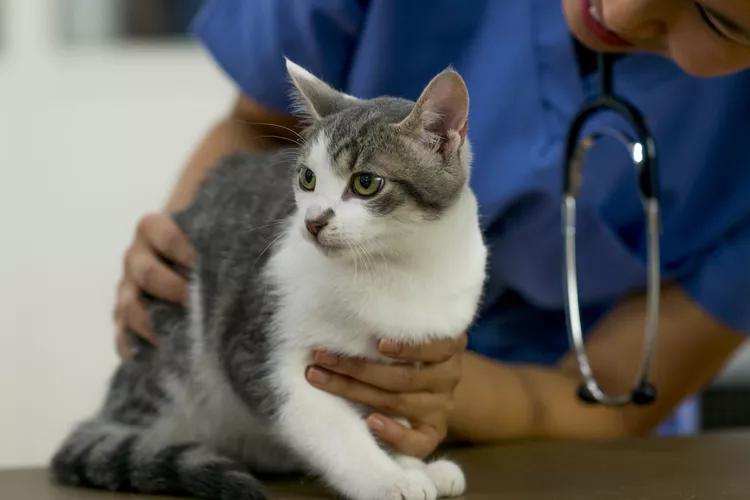
Signs of Rabies in Cats
Rabies is a fatal and contagious virus that can affect cats. Learn about the signs of rabies in cats and what to do about them.
Can Cats Eat Dog Food?
Can cats eat dog food? In small amounts, it's unlikely to be a problem, but long-term feeding of dog food to cats can cause health issues and malnutrition.
Exploring the Different Types of Pet-Friendly Beaches
Are you looking for pet-friendly beaches? Learn about the different types of pet-friendly beaches, their locations, and tips for visiting them with your pet.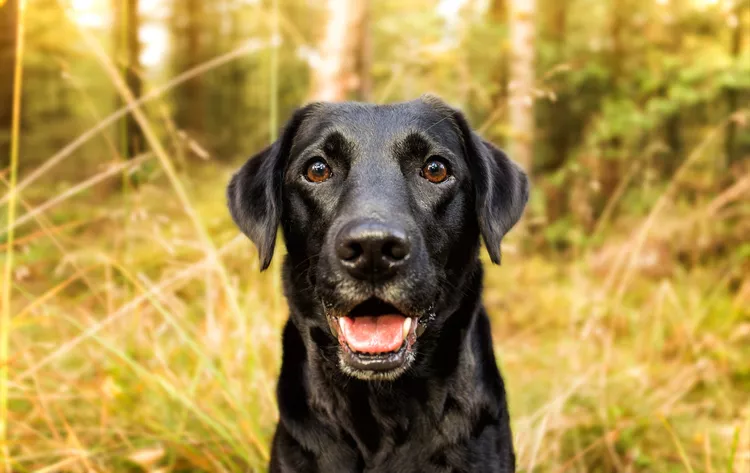
Pulled Muscles in Dogs
A pulled muscle is one of the most common injuries seen in dogs. What can you do if your dog pulls a muscle and how can you prevent it?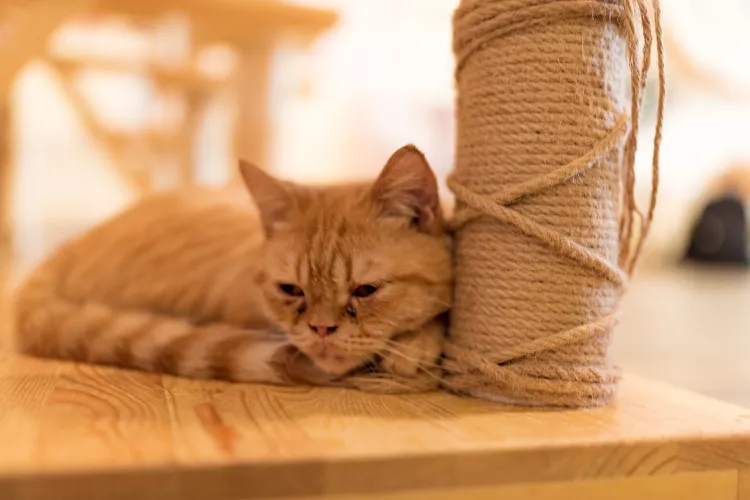
Fibrosarcoma in Cats
Fibrosarcomas are potentially fatal soft tissue tumors that can occur in cats. Learn the causes, treatment, and prevention.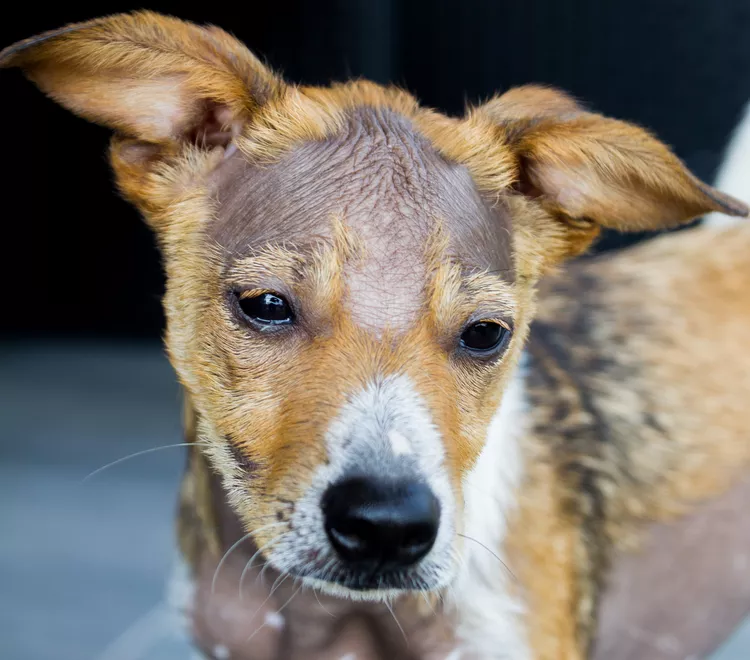
Alopecia in Dogs
Alopecia leads to hair loss and bald spots in dogs. Some breeds may be more at risk. Learn common causes, treatment, and prevention of dog alopecia.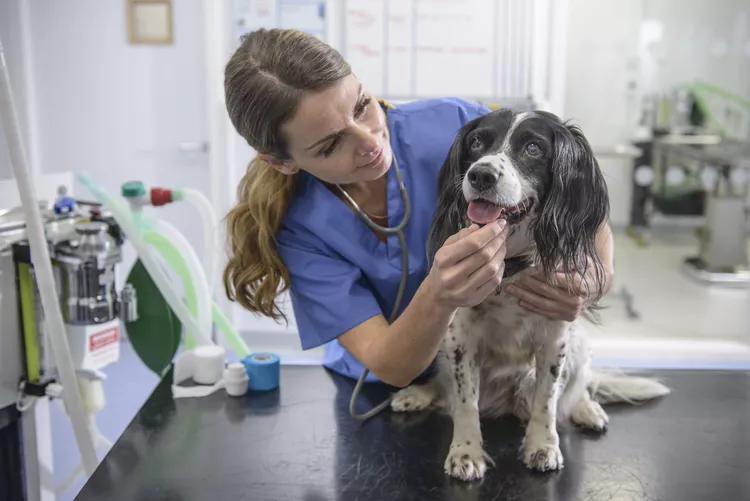
Is Acetaminophen Safe for Dogs?
Acetaminophen is used by humans for pain and fever relief, but is it safe for dogs? Here's what you need to know before giving your dog acetaminophen.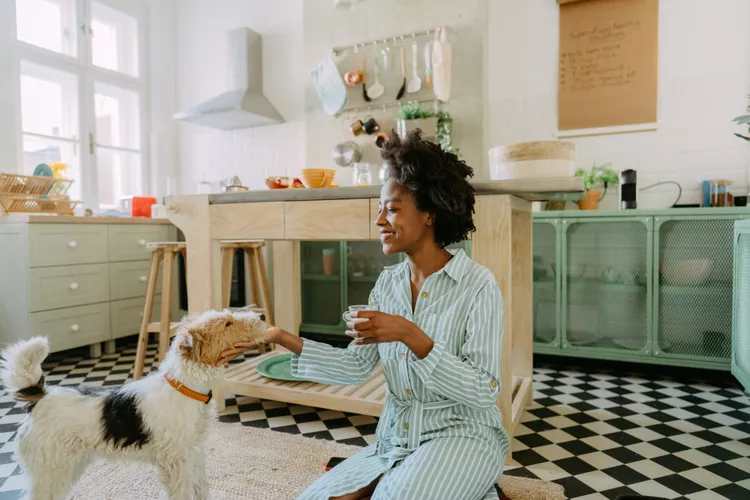
Can Dogs Eat Almonds? Understanding the Risks and Guidelines
Can dogs eat almonds? While a couple likely won't hurt, it's best to avoid feeding your dog this nut. Learn the risks here.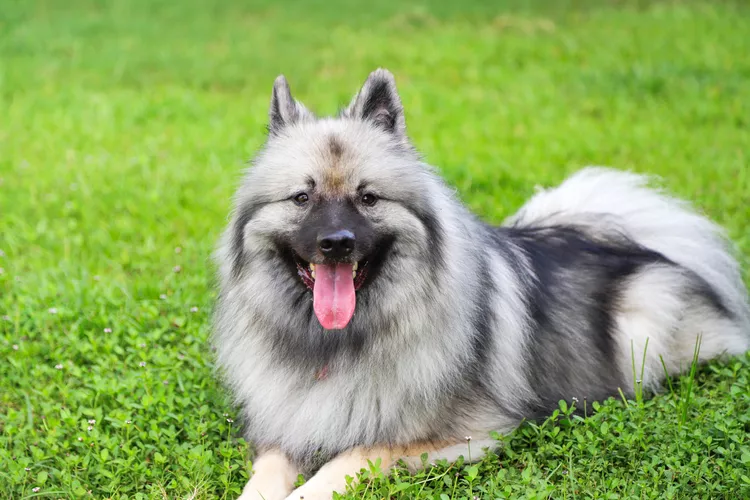
Keeshond: Dog Breed Characteristics & Care
Learn about the keeshond dog, also known as the Dutch Barge Dog. This fluffy spitz breed was bred to guard, but also makes a friendly companion.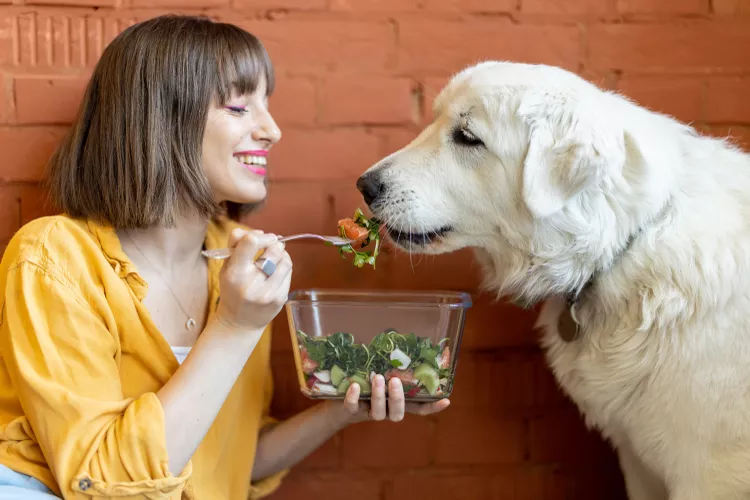
Is Rosemary Safe for Dogs?
Rosemary is used both for cooking and as a supplement with many reported health benefits in people, so you may be wondering if it is safe to give to your dog. Rosemary is considered non-toxic for dogs but with some caveats.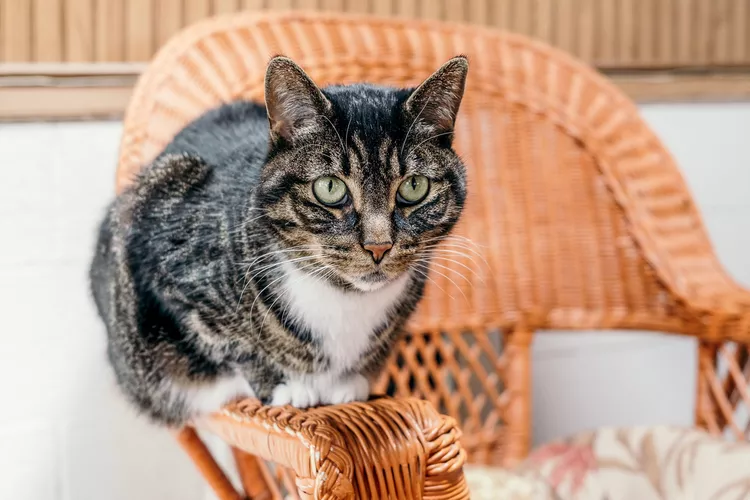
7 Hybrid Cats Breeds
Hybrid cat breeds can make appealing pets since they look more exotic than domestic house cats, but they aren't for everyone.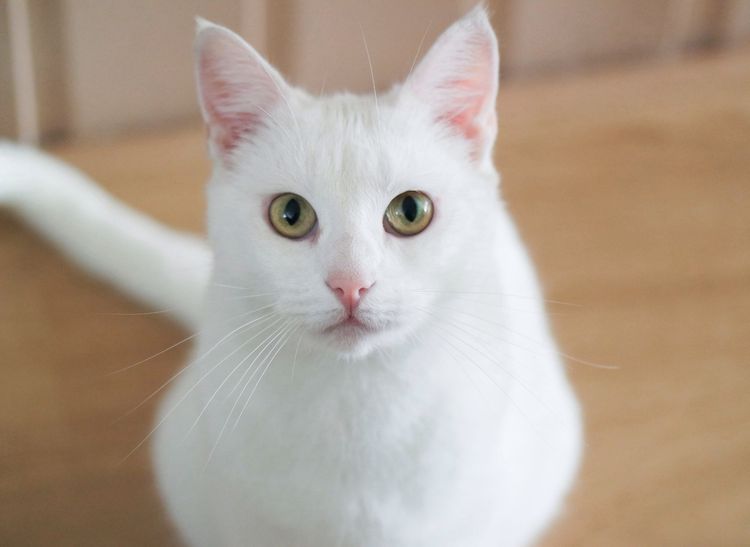
The Best White Cat Breeds to Keep as Pets
Several breeds can result in white cats with long or short hair. Find out the pros and cons of these white cat breeds.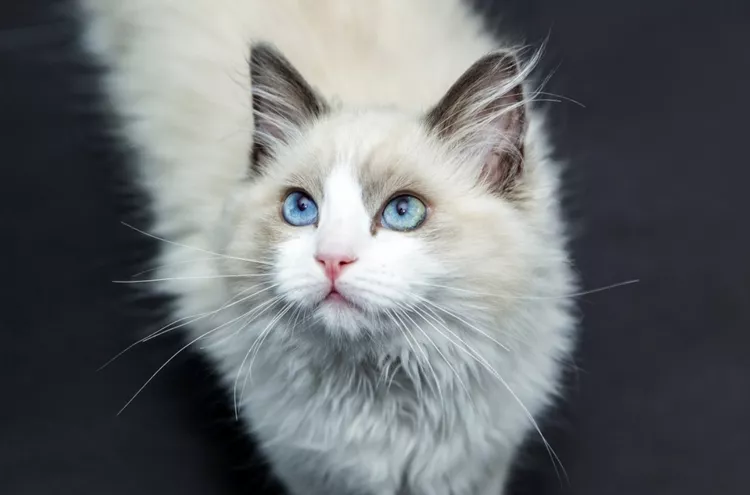
11 Cute Pictures of Ragdoll Cats
Ragdoll cats are known for their beautiful coats and bright, blue eyes. Learn all about the breed, and check out some cute pictures here.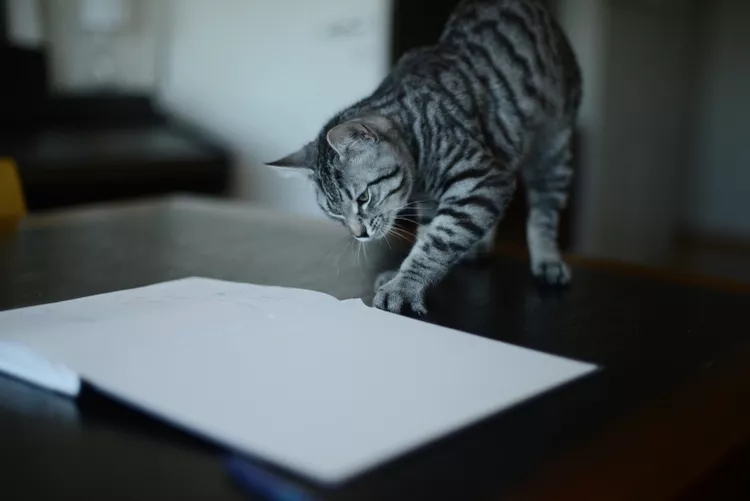
7 Reasons Why Your Cat Eats Paper, and How to Stop It
Is your cat eating paper? Learn why your cat is doing this, and find out how to put a stop to it.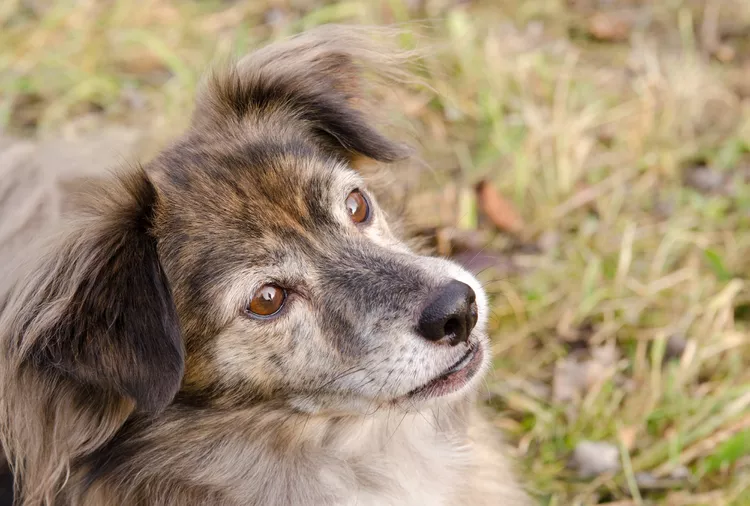
Feist: Dog Breed Characteristics & Care
Feists are small, short-haired dogs developed to hunt squirrels and catch vermin. These high-energy, affectionate pooches make great companion animals.
Dogue de Bordeaux (French Mastiff): Dog Breed Characteristics & Care
Learn about the Dogue de Bordeaux, also called the French mastiff. Although large and muscular, they’re known for their calm and gentle personality.
How to Stop Your Dog From Fearing Men
Many dogs have a phobia of men. Learn how to help your dog overcome its fear through desensitization and training while keeping everyone safe.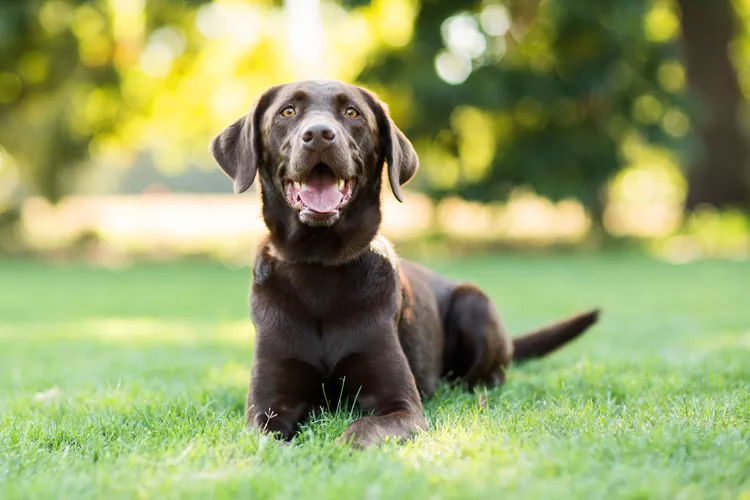
Why Dogs Eat Poop and How to Stop Them
Is your dog eating poop? Some dogs do this because of stress or illness. Learn how to prevent stool eating, or coprophagia, in dogs.